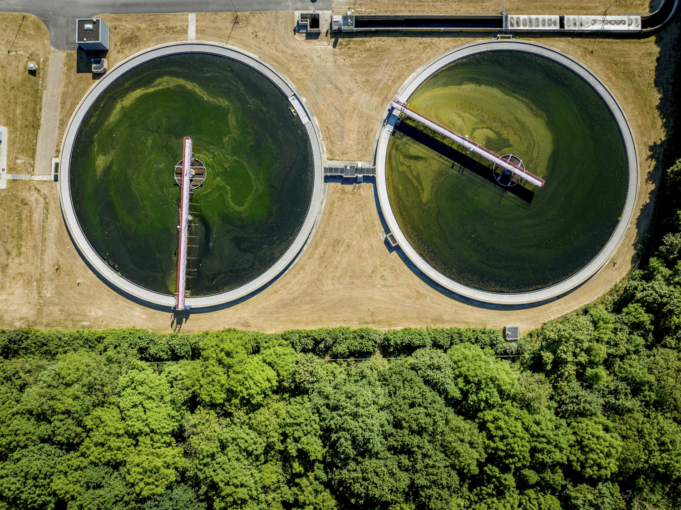Traditionally seen as a community planning challenge, wastewater may be on its way to being a potential source of electricity. Specialists who work with sanitary wastewater know just how much potential energy it can have by way of methane gas buildups. Tapping into the organic matter and nutrients present in wastewater may soon be a much more efficient way to sustainably generate electricity through a process involving microbial fuel cells (MFCs) and anaerobic digestion.
Microbial fuel cells utilize microorganisms to break down organic matter in wastewater, producing electrons as a byproduct. These electrons can then be harnessed as electricity, effectively turning our waste’s organic content into a renewable energy source. This integration of water treatment and energy generation presents a unique opportunity for treatment plants to not only purify water but also contribute to the energy grid.
Estimates from researchers at the State University of New York College of Environmental Science and Forestry suggest that a typical wastewater treatment plant handling around 1 million gallons per day could potentially produce approximately 800,000 kWh of electricity annually, assuming future tech can reliably harness it. Beyond energy production, this approach offers benefits in terms of treatment efficiency. Microbial fuel cells can aid in organic matter removal, thereby reducing the workload of subsequent treatment stages. This dual-benefit strategy not only cuts costs but also mitigates the environmental impact of wastewater discharge.
Collaboration between experts, engineers, and regulatory bodies will be key as water treatment professionals and scientists continue to develop this technology to potentially meet small local energy needs in the near future.





